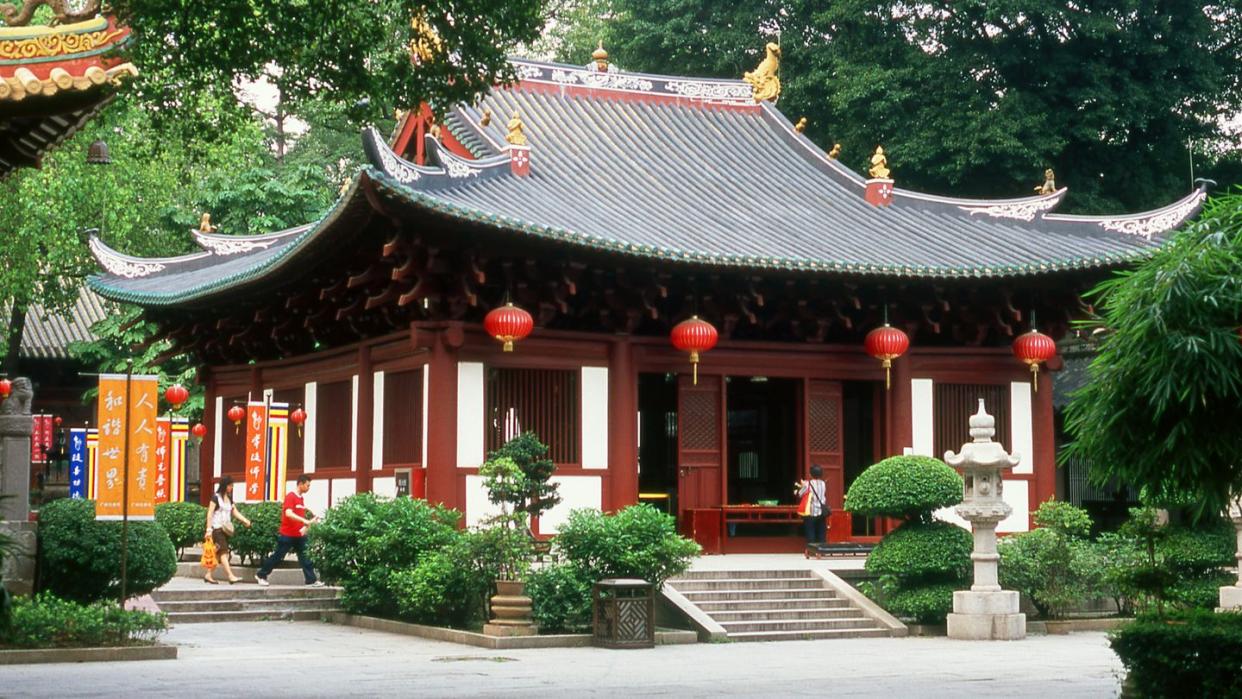3 Ancient Tombs Reveal New Secrets From the Great Jin Dynasty

Three tombs from the second Jin Dynasty were uncovered in China, shedding new light onto burial practices from around 1200 AD.
Differing designs and styles could show non-Chinese influence in the area.
Murals played a key role in the three tombs, featuring artwork of plant and animal life.
The Great Jin Dynasty has returned to the world after a team of archaeologists uncovered three tombs from the 1115-1234 AD era, located in Changzhi city, Shanxi province.
As reported by China Daily, the Shanxi Institute of Cultural Relics and Archaeology published excavation information about the Changzhi Archaeological Research Institute’s November, 2023. The team located three tombs—each with its own distinct characteristic and style—largely well preserved, even despite some looting.
Key features included the architecture and mural designs. The report states that even though the tombs belong to the same period and are in the same region, each has their own singular style.
In Tomb M19 and Tomb M20, brick-carved arches, doors, and windows highlight the construction. Murals heavy on figures, floral patterns, and inscriptions also play throughout the space.
And in Tomb M21, the chamber walls imitate wooden structures. “The painted flora, fauna, and colors are markedly different from the other two,” the report states, “leaving archeologists room for further interpretation.”
Each tomb tells its own story—quite literally. With epitaphs and inscriptions, researchers can glean a bit more about the Jin Dynasty from each of the tombs, according to Archeology News. Tomb M19 offers up historical and geographical information dedicated to the ancestors of Qiangcheng Village. Tomb M20 narrates the story of He Jin’s filial piety.
Julia Schneider, a professor of Chinese history at Ireland’s University College in Cork, was not involved in the find, but told Live Science that the style disparities could show that different cultures co-excited within the same dynasty and within the same region.
She notes that the rulers of the Great Jin Dynasty were seminomadic people from northeast China, and not from the dominant ethnicity found in China today. “Their culture was very different from that of their Chinese subjects with regard to customs [like] eating habits, house styles, religion, [and] social organization,” Schneider said. “To take those differences into account, they ruled with two distinct administrative systems, one of their Chinese subjects and one for the Jurchen.”
The institute states that the tombs reflect traditional Chinese culture, social ethics, ancient architectural characteristics, tomb architecture, and funeral customs, providing new insights into the study of ancient tomb culture.
Schneider contended that this may not fully be the case, and that the find could show non-Chinese history in the area. “The discovery of non-Chinese findings is always tricky for Chinese officials as it shows that China has not always been China or Chinese,” Schneider said. “This is a narrative the officials try to suppress.”
Well, now its out in the open. And hopefully, scientists will have more to tell us soon.
You Might Also Like

